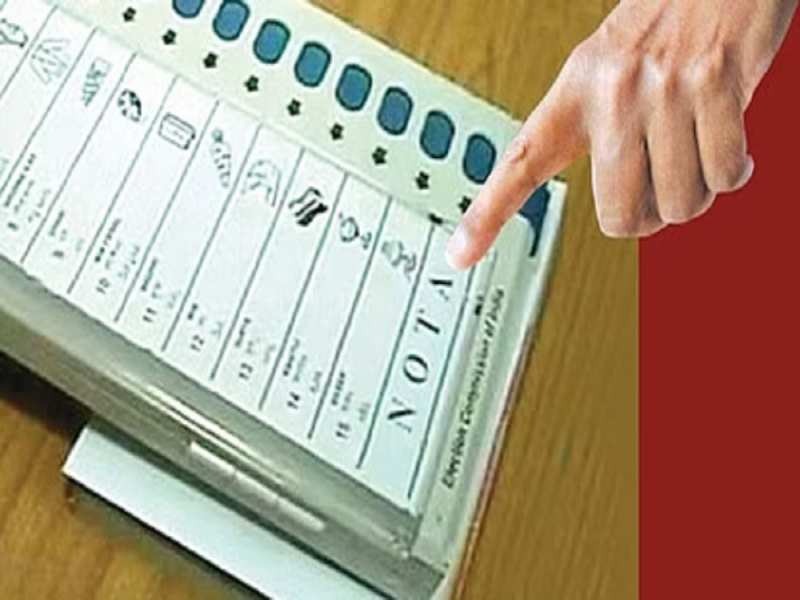 Understanding the Significance of NOTA in Jharkhand Lok Sabha Elections
Understanding the Significance of NOTA in Jharkhand Lok Sabha Elections
In recent years, the concept of “None of the Above” (NOTA) has gained prominence in Indian elections, particularly in the context of Jharkhand’s Lok Sabha polls. This article aims to delve into the evolving voting trends, the impact of NOTA, and its significance in the democratic process of Jharkhand.
Emergence of NOTA
NOTA in the 2014 Elections
In the Lok Sabha elections of 2014, Jharkhand witnessed a notable presence of NOTA, with 57% of the candidates falling behind this option. The Supreme Court’s directive in 2013 empowered voters to exercise the NOTA option if they wished to abstain from voting for any of the contesting candidates.
NOTA’s Rise in 2019
The subsequent elections in 2019 showcased a surge in NOTA’s acceptance, with 1.26% of voters opting for it. This preference resulted in 69% of the candidates lagging in the electoral race.
Impact on Electoral Dynamics
NOTA’s Reception Across Constituencies
Among the 14 constituencies in Jharkhand, NOTA emerged as the frontrunner in four constituencies—Godda, Giridih, Khunti, and Singhbhum—after the victors and runners-up. This trend underscores a growing dissatisfaction among voters with the available choices.
Comparative Analysis
A comparison between the 2014 and 2019 elections reveals a significant increase in NOTA’s share of votes in certain constituencies, such as Chatra, Giridih, Godda, and Kodarma. Conversely, a decline in NOTA votes was observed in other constituencies, indicating varying voter sentiments.
Regional Patterns
Singhbhum’s Predilection
Singhbhum, reserved for tribal communities, witnessed a substantial utilization of NOTA, with 2.7% of voters opting for it in 2019. This trend reflects the region’s distinct socio-political dynamics.
Variation Across Districts
In terms of raw numbers, Kodarma recorded the highest NOTA count in the previous elections, followed by Singhbhum and Khunti. Conversely, Ranchi and Dhanbad exhibited the lowest inclination towards NOTA, with a mere 0.35% of voters exercising this option.
Implications and Conclusion
The prevalence of NOTA in Jharkhand’s electoral landscape underscores a growing demand for better political alternatives and accountability. While its impact on election outcomes might be limited, NOTA serves as a vital tool for expressing dissent and signaling dissatisfaction with available choices.
In conclusion, the rise of NOTA in Jharkhand’s Lok Sabha elections signifies a shifting paradigm in voter behavior and preferences. As democracy evolves, the significance of NOTA as a mechanism for expressing discontent cannot be overlooked.
 Suspense Crime Sach Ka Dam
Suspense Crime Sach Ka Dam


